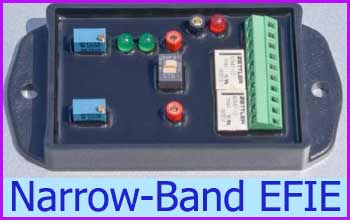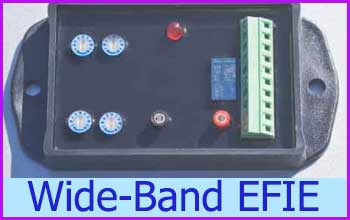

Please help to share the Knowledge >>

What is HHO EFIE for O2 sensor and why it is needed?
So, you got an HHO generator Producing hho gas, but results aren’t good as expected? EFIE is exactly what you need.
EFIE -
But why HHO system needs EFIE to operate properly?
Everyone who want to save fuel and increase his MPG using HHO system need to know
this: Car computer (ECU) ruins fuel saving by injecting more fuel than necessary
when using HHO. Luckily solution is found: 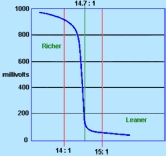
The most accurate way (and the most recommended)
to make your car burn less gas when using a HHO device
is by connecting a device called EFIE between
your oxygen sensors and the ECU (car’s computer).
The EFIE device is responsible to change the signal
coming from the O2 sensor.
As a result the ECU maintains a different, lower air/fuel
Ratio (instead the original 14.7/1) and fuel economy rises.
Principles of work (technical details):
ECU and the oxygen sensor: gasoline engines is designed to work in
air/fuel ratio of 14.7/1. oxygen sensor is used to read the oxygen value
in the exhaust. Because our engine works in cycles the oxygen reading
is constantly changing between 0.1 to 1 Volt.
The ECU works hard to maintain a constant average of oxygen: if average value too low (too little oxygen), the ECU cut’s down on fuel supply. If the average value is too high, the ECU orders more fuel to be injected. Be aware: bad/old oxygen sensor wont let you to gain high MPG, If you sensor is older than 40000 miles replace it at once.
So what is EFIE anyway: Now, when you add a hydrogen gas saver to your car, HHO gas is added to the intake air of the engine. As a result the engine works more efficiently, burning more percentage of the fuel / hho mix and draws more oxygen from outside. One effect of increased efficiency is more oxygen emitted then the sensor “expect”
The problem: the ECU “senses” more oxygen than usual and orders more fuel to be injected to compensate. This action ruins any gas economy gained thanks to hydrogen gas saver.
The solution: EFIE -
The EFIE contains a On/Off switch, when On means the device is working and adjusting
the air/fuel ratio to value of our choice, where Off means the car is running at
the original air/fuel ratio. This means that when taking out the hydrogen device
for maintenance you just need to set the switch to off position and return to “normal”
injection mode without messing with wires or anything else. Possible to build yourself
-
(What’s today considered “normal” is in fact “the modern art of inefficient fuel burning” :)
If your car have two O2 sensors on the exhaust pipe, between the engine and the catalytic converter, you need to connect both of them to EFIE. In this case special EFIE required called Double EFIE. Alternatively, you can use two “regular” EFIEs, one per each sensor (this is not a straight forward option because each EFIE need to be adjusted separately).
Such commercial Device might look like this:
(Electric box with connections to each sensor)
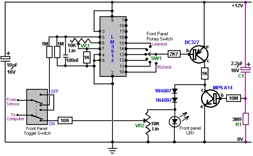
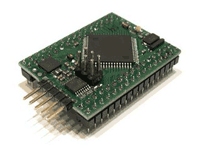

What EFIE is the right one for my car?
Car’s oxygen sensor type - wide or narrow band:
The most important factor is the type of the oxygen sensor. There are two possible types: Wide band oxygen sensor and Narrow band oxygen sensor.
In addition, there are two possible sensor locations :
1) Front sensors -
2) Back sensors -

General simple rules:
First of all locate the sensors in your car, use guide if necessary. If The sensor
got 5 or more wires -
If your car is 1997 or older model than it is narrow band.
If your car is US made than it is narrow band.
But the most effective way is to Google: [car] [model] oxygen sensor band.
For example Google: Toyota corolla 2000 oxygen sensor band
You will see right away that it is wide band sensor.
Number of oxygen sensors:
One more thing to consider is the number of sensors between the engine and the catalytic convertor. Each sensor’s signal need to be treated using and EFIE.
If you got one front sensor -
If you got two front sensors -
Diagram to decide what EFIE is needed:

Get Efie from trusted source
If you prefer to focus on the mechanical part of your hho project, you can buy an EFIE device from FuelSaver. I got excellent results while using their EFIEs.
They keep in stock both the wide-
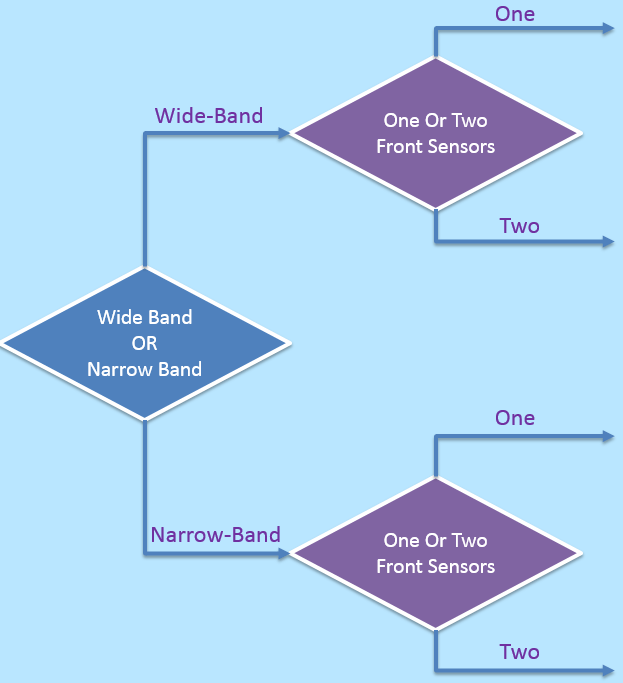
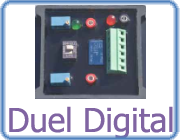
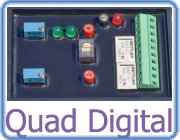
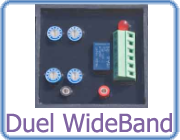




HHO EFIE schematics - Build it yourself at home
If you have some electric skills and you don’t afraid using ironworker tools than it is possible to build EFIE at home.
Full Guide and circuit information is
here -
d17 efie circuit scematics pdf
